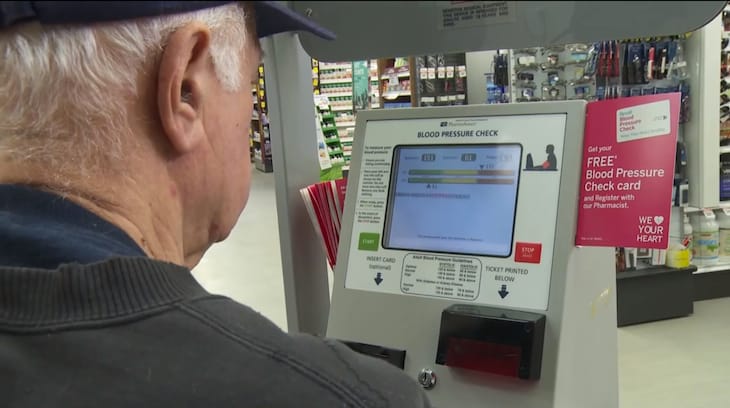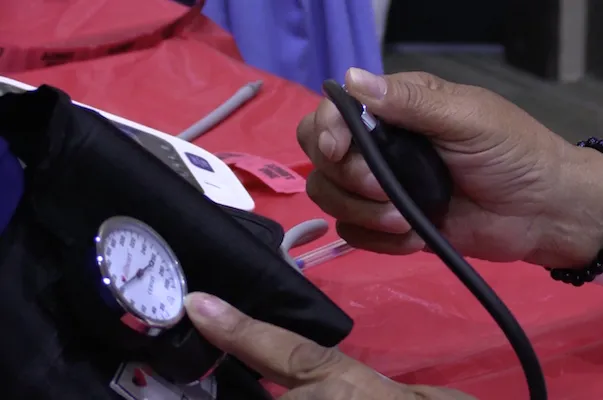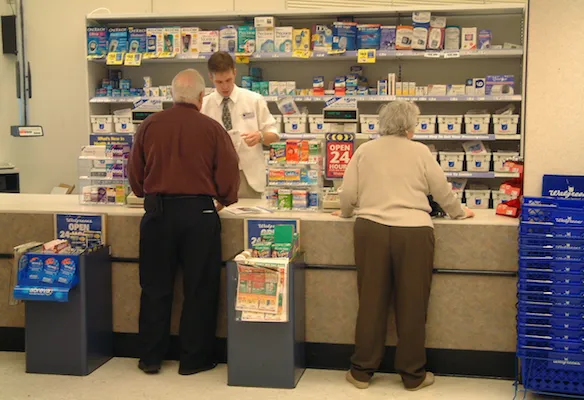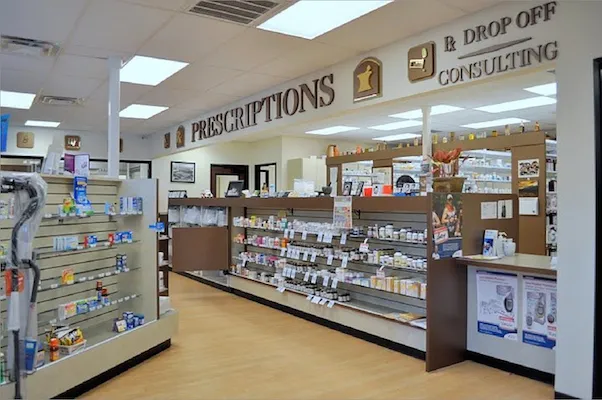
For prescribers and pharmacists, the reduced levels for defining a person as having high blood pressure bring new guidelines for hypertension medication.
This week, the American Heart Association and American College of Cardiology announced that high blood pressure is now defined as a systolic reading of 130 mm Hg and higher or a diatolic measure of 80 and higher, down from the previous measure of 140/90. The AHA and ACC said the new high blood pressure guidelines recognizes the fact that cardiovascular damage can occur soon after BP becomes elevated.
In tandem with the lowered BP standard, the new guideline now recommends only prescribing medication for Stage I hypertension if a patient has already had a cardiovascular event, such as a heart attack or a stroke, or is at a high risk of such an event based on age, the presence of diabetes, chronic kidney disease or atherosclerotic risk.
What’s more, the AHA and ACC said, many people will now need two or more types of medicines to control their blood pressure. They noted that people are likely to take their pills more consistently if multiple medications are combined into one pill.
Dr. Paul Whelton, lead author of the guidelines published in the American Heart Association journal Hypertension and the Journal of the American College of Cardiology, highlighted the dangers of blood pressure levels between 130-139/80-89 mm Hg.
“You’ve already doubled your risk of cardiovascular complications compared to those with a normal level of blood pressure,” Whelton noted. “We want to be straight with people. If you already have a doubling of risk, you need to know about it. It doesn’t mean you need medication, but it’s a yellow light that you need to be lowering your blood pressure, mainly with non-drug approaches.”
The changed hypertension guidelines underscore the value of pharmacist interventions and in-store biometric tools like higi health stations and PharmaSmart blood pressure kiosks not just for medication management, but also for lifestyle changes. It’s now recommended that blood pressure levels be based on an average of two to three readings on at least two occasions — making convenient access to BP stations at the local pharmacy even more important.
Normal blood pressure level remains at less than 120/80 (top number is systolic, bottom number is diatolic). The redefined standard eliminated the category of prehypertension, which has been split into two BP categories: elevated (systolic between 120-129 and diastolic at less than 80) and Stage 1 (systolic between 130-139 or diastolic between 80-89). Next is Stage 2, with a systolic measure of at least 140 or a diastolic at least 90, and then Hypertensive Crisis, with a systolic of over 180 and/or a diatolic of over 120.
As a result of the new high blood pressure guidelines, researchers estimate, 46% of the U.S. adult population has high blood pressure, versus 32% under the former measure. Still, they noted, the change will mean only a small rise in the number of adults requiring antihypertensive medication.
While in recent years many pharmacies have focused managing health conditions in the burgeoning Baby Boomer population, the redefined BP standards will have a bigger impact on younger adults, the study said. The incidence of hypertension stands to triple among men younger than 45 and double among women in that age group.









